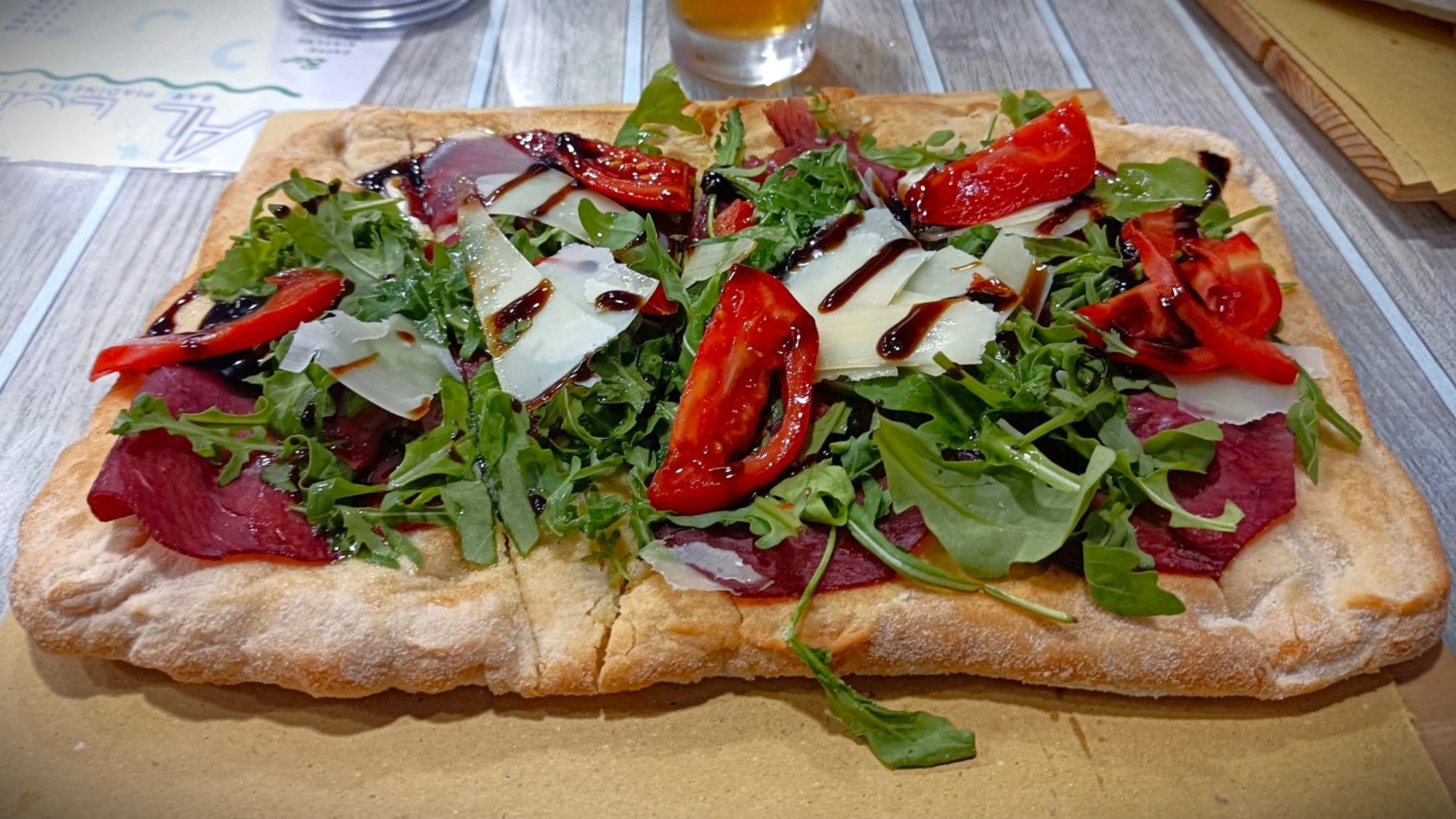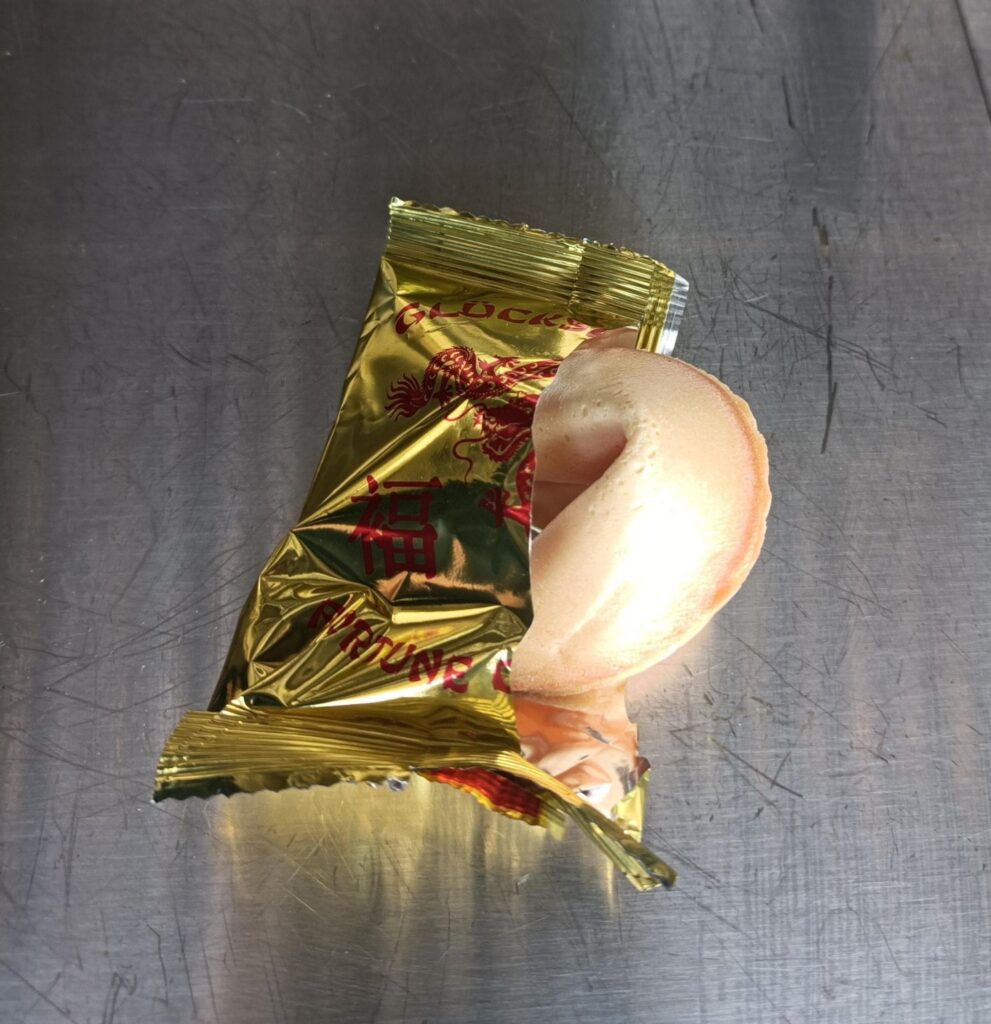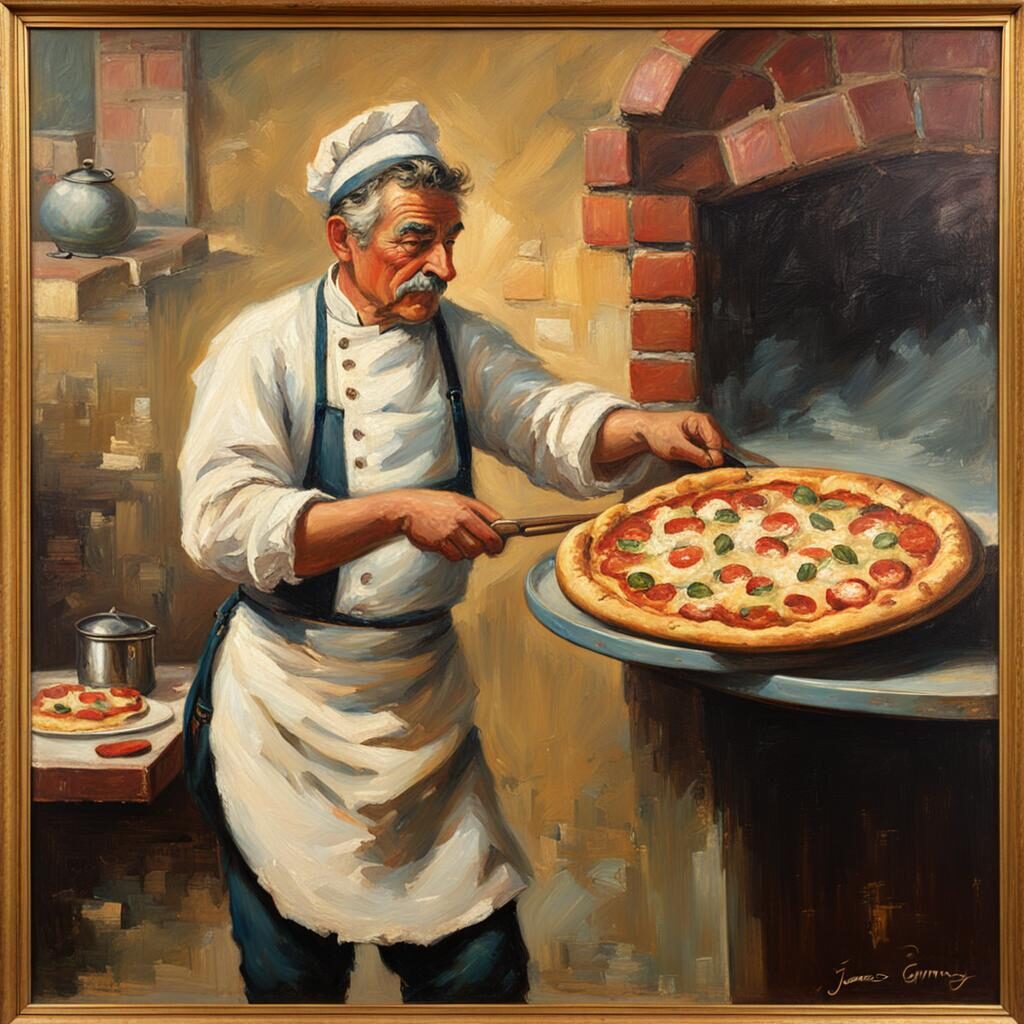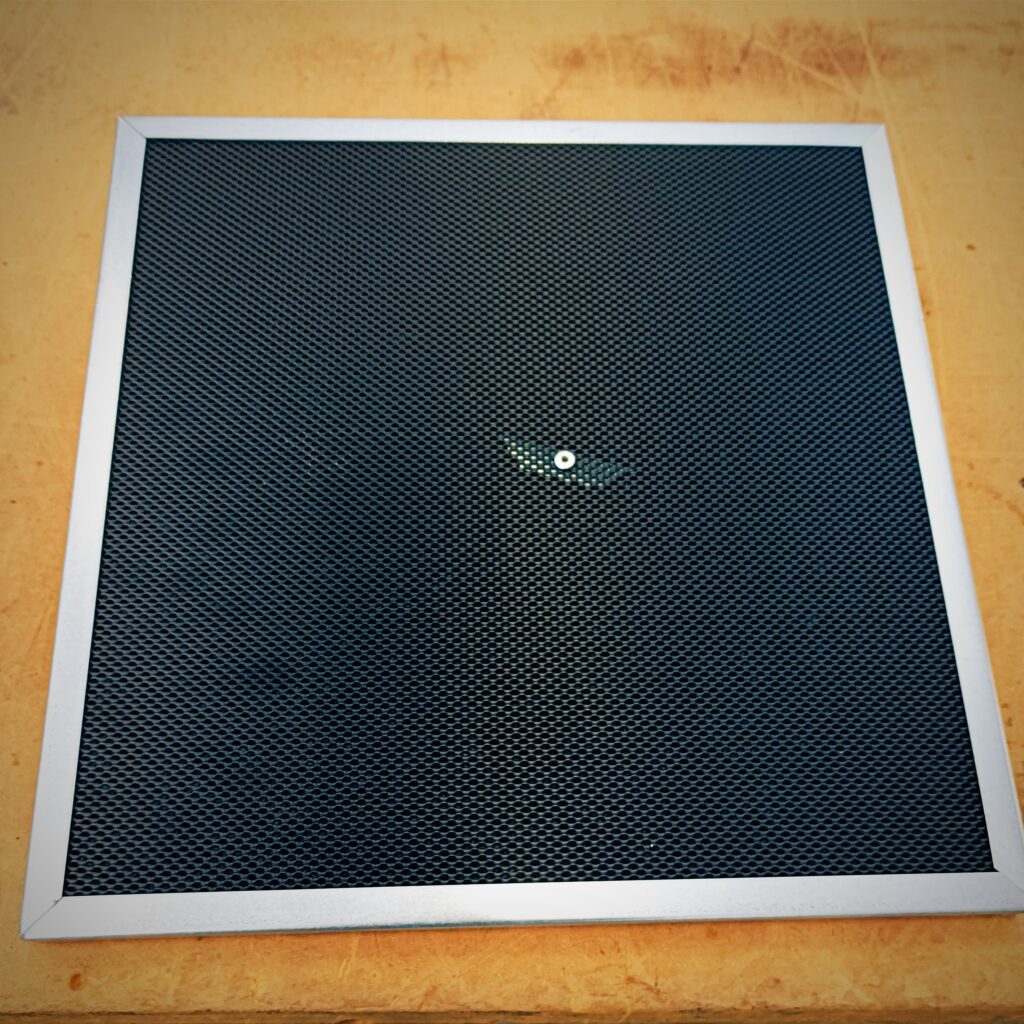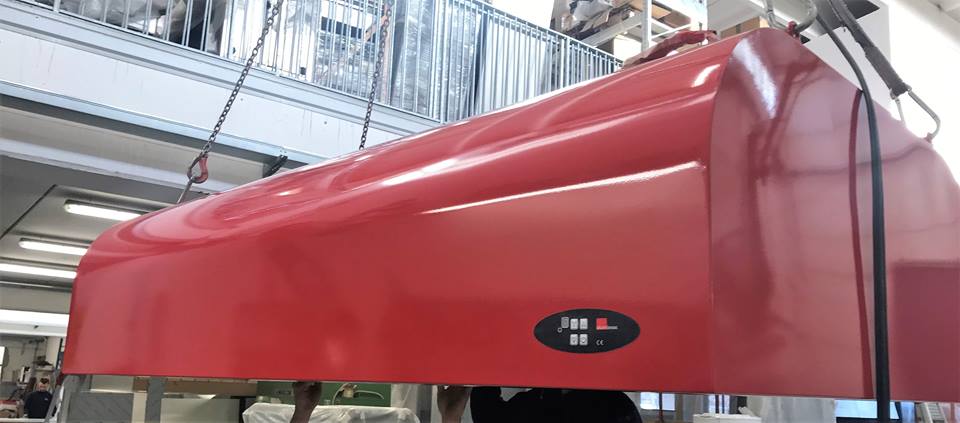Storytelling is a tool that is becoming increasingly popular in marketing. Briefly, it is the narration of facts or experiences, linked to a brand or product, which communicate or arouse emotions in the audience.
And boy, does it work!
Look at the pinsa, which resembles pizza both in form and lexically.
Although it’s a completely different product.
Storytelling tells us that pinsa was a common food in the peasants of Ancient Rome, who, upon returning from the market, kneaded a flour made from unsold cereals. Most often spelled, millet and barley.
The result was a sort of focaccia, with a narrow and elongated shape, soft and crunchy, simply seasoned with oil, salt and sage.
A food that was mentioned in various texts of the time, including a quotation in the Aeneid, the famous work by Virgil, on the foundation of Rome.
Beautiful story. Too bad it’s fake. All fake!
The product was born at the beginning of the third millennium. After Christ though!
It was 2001 when the Roman baker Corrado Di Marco, after years of experimentation, managed to find the right recipe for a light and delicious dough, on which toppings could be added as desired.
A pizza, but it wasn’t a pizza… In short, something new, but one that didn’t break with tradition. And he also understood that, in order to sell it better, he also had to find a way to “tell” it.
Well, it’s a food born in Rome, so what better “reservoir” of its history to draw from for a story?
And then, in Rome, focaccia was a common food, called in various ways (the very term focaccia was as generic as “bread”, so to speak).
Once the story was found, the name was needed.
Again, Ancient Rome came in handy. Well, better to say, his language: Latin.
It was decided to use pinsa, from the Latin verb “pinsere”, which means “to crush, to pound”.
It’s not pizza (although the sound is similar), but it can be topped with toppings just like pizza.
The fact remains that Pinsa is a practical food, it can be eaten both in restaurants served on the plate and as street-food.
And it’s tasty, which shouldn’t be underestimated when it comes to food…
Story-telling, at the end of the day, is a seasoning.
Whether it’s true or not, what does it matter? As long as the information doesn’t concern important information such as allergens or methods of storage and cooking, what’s wrong with “embroidering it” a little?
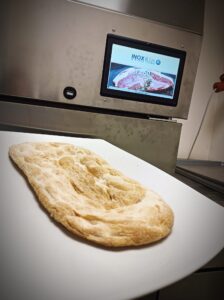 Ah… you can let your Pinsa rise in Inox Bim‘s Retarder Proofer.
Ah… you can let your Pinsa rise in Inox Bim‘s Retarder Proofer.
And this is 100% true!
And, if you work in catering and/or hospitality industry and you are interested in my copywriting and/or contentwriting services, just text me!

 Italiano
Italiano
